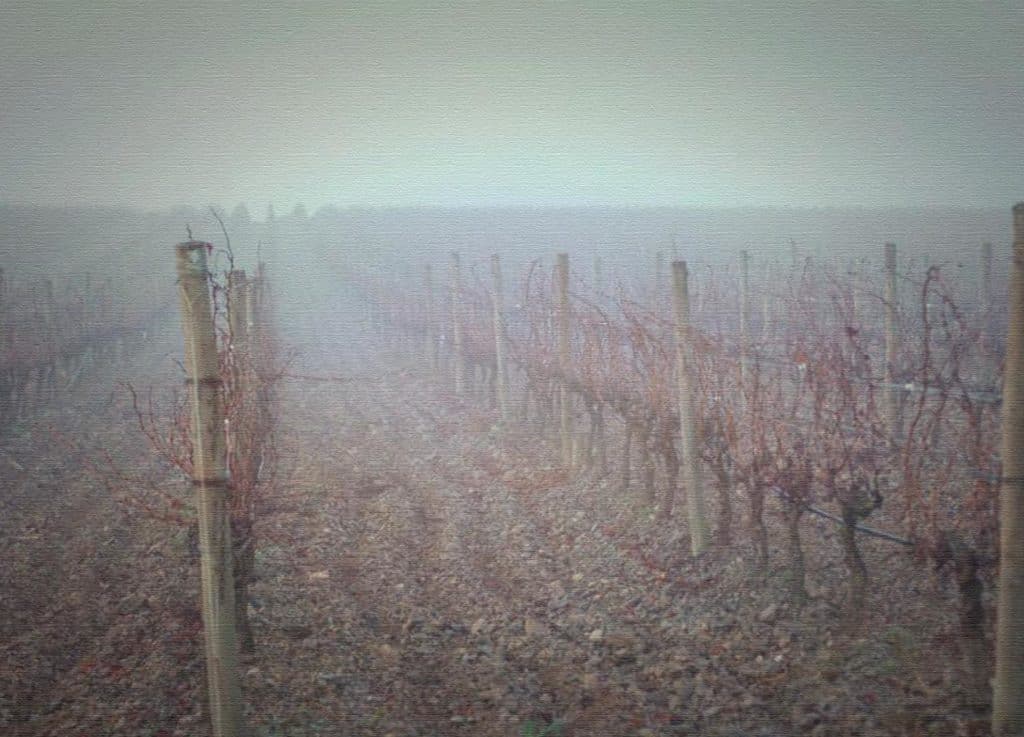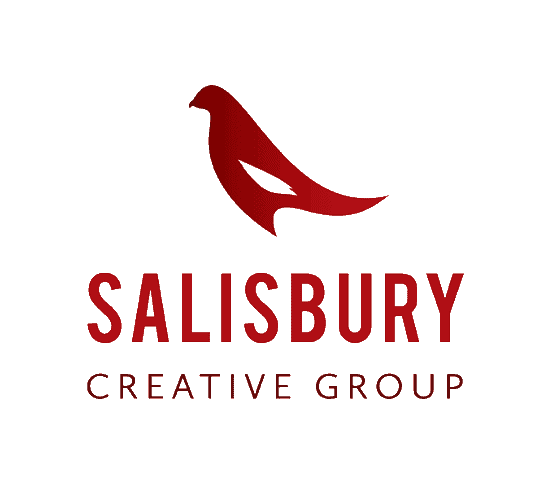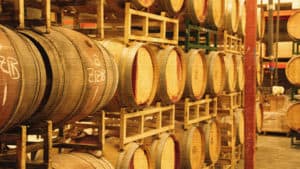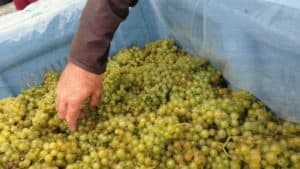
If you are currently spending money on wine ads on facebook and you are not getting the results you desire, this post will help you pinpoint your problems and, more importantly, tell you what to DO about it.
Welcome to the starting line!
So you own a winery (or distillery). Your product is great. Your packaging is stunning. You are priced competitively. You have a strong-and-growing social media presence. Your website (or third party partner platform) is ready to receive DTC orders. Maybe you have convinced some distributors to carry your brand. Maybe you even have a few energetic and hardworking sales people on the payroll. Welcome to the STARTING LINE!
That’s right, NONE of these things will separate you from any of your competitors. NOT ONE of these things are enough. There are literally thousands of competitors doing the exact same things.
But, never fear. Through the infinitely scale-able world of digital advertising, you CAN move the needle on your sales. But only if you know how to do it.
As the great NBA coach, Pat Riley once said, the best way to win is not lose. The list of five things below will help you get the most out of your advertising dollars. Eliminate these five mistakes below and you are well on your way to selling more wine (or spirits).
1. You make your own brand the hero of the story (instead of the wine consumer)
This is an easy trap to fall into. There is a part of our brain that thinks the way to sell something is to get your brand and messaging in front of as many prospective customers as often as possible. But HOW you do it makes the difference between clicks and customers.
I highly recommend you get your hands on a copy of Building a Story Brand asap and immediately start reading (or listening) to the content. Because until you learn to make the customer the hero of the story, deeply understand what they want, and position your brand as the “guide” that helps them get what they want, you will waste a tremendous amount of money and time trying to “sell” your products.
I see lots of wine ads on Facebook and Instagram that look like ads. Huge mistake! Ads that look like ads are pretty much worthless.
As a side note, I also see lots of social feeds where the focus of just about every post is the brand itself or the winery/distillery facility. Social posts that self-promote are just adding to the noise in a fiercely competitive and crowded wine/spirits market. I know it SEEMS like the right way to “sell” but I assure you that it is not.
When prospective customers scroll through their social feeds, or see your wine ads on Facebook, they need to see themselves in the “script” of your posts.
What do wine consumers want?
This is a critically important but often overlooked question. Until you can answer it, your wine ads on Facebook will fall on deaf ears.
Here are some things that wine drinkers might possibly want:
- Small-production, hard-to-find wines not widely available at their local retailer.
- “Insider” access to the best kept secrets in the world of wine
- Education and knowledge that is not too elitist or snobby
- To have true confidence in, and knowledge of wines, that are produced from responsibly sourced grapes.
- To support wineries that do good in the world.
- Wines to impress their friends at their next dinner party
- To “visit” your winery virtually so they can learn all about the people and the place and the lifestyle
- To participate in the wine industry as if they were a professional
Of course these are just some of the many things a wine consumer might want. But, your wine ads on Facebook and Instagram should SPEAK to these desires of wine consumers. This is where the four components of a great ad content come in: headline, image, ad copy, and audience. For a deep dive on this, get your hands on this book.
2. The audience you are targeting is WAY too broad
To optimize the return-on-ad-spend for your wine ads on Facebook and Instagram, you have to give Facebook’s algorithm the opportunity to do what it does best: FIND your target audience.
If you add too many “interests” in your audience, it becomes very difficult for Facebook’s algorithm to find them. Luckily as you build your ad in the Ads Manager, Facebook will show you the size of the audience you are targeting. Ideally, you want to use as few interests as possible (two or three) and aim for between twenty thousand and fifty thousand. Then you can expand your audience size by leveraging Lookalike audiences.
I have seen MANY wineries and distilleries crafting audiences in the millions! And they wonder why they get poor results. A less-is-more strategy is far more effective than a more-is more strategy.
Failure to understand and utilize the Facebook algorithm will cause advertisers to waste a lot of money. Facebook puts the burden of choosing the right audience on the advertiser. If the advertiser does not know how to target correctly, Facebook still gets the money.
You must test your wine ads on facebook
One of the best ways to find the right audience is to TEST lots of different audiences. For example, you might start with a list of your most engaged email subscribers, export this list to a CSV file, upload it to FB and save it as a custom audience. Then create a lookalike audience from this audience. But, here again, you need to use restraint. Start with a 1% Lookalike and see how that performs before expanding to a two percent Lookalike audience.
If you want to go after “cold” audiences, try mixing just a couple interests such as “Cabernet Sauvignon” and “Wine Spectator.” Facebook’s algorithm will do the rest. If you want to throw in a third interest, have it be something like household income or job title. Adding a seemingly unrelated interest works WITH the algorithm and does not conflict with it.
If you stack a bunch of random audiences together and hoping for the best will leave you frustrated because “randomness” works against the FB algorithm.
Facebook’s audience targeting tools inside the Ad Manager contains a mind-boggling array of targeting options. Take the time to learn how to fully leverage the tools Facebook provides.
3. You overestimate your ability to convert social fans & followers to paying customers
The number of fans and followers you have often has little to do with how much product you sell.
Posting alone (no matter how often or consistently you do it) just will not get you there.
Converting fans to purchasers is a completely different ball of wax than acquiring fans on your social feeds. People don’t go to Facebook and Instagram to “buy.” Nor do they use these platforms to do research. They go to Amazon to buy and Google to search (and sometimes buy). Just because someone likes your Facebook page or Instagram feed does NOT mean they will ever buy anything from you.
They come to Facebook and Instagram feeds to be entertained. Acquiring fans and followers is in direct proportion to how entertaining and engaging your content is.
And, it is absolutely essential that you curate a solid, authentic and engaged social media presence to build brand awareness but to CONVERT these fans and followers requires a different game.
BUT, be careful not to expect your “posts” to generate business for you. And for mercy’s sake, NEVER boost a post unless you are promoting a local event.
This is not an either-or scenario but a both-and one. Keep doing whatever works for you in curating your social feeds but understand that your “feed” and your “ad” are accomplishing two very different things. One builds brand awareness and engagement, the other builds your email list. And that email list is what you use to do the “selling.”
And speaking of selling with email. We are NOT talking about newsletters here. This is about lead generation and lead nurturing. For a deep dive on this topic, check out this video.
4. You utilize a “push” strategy when what works best is a “pull” strategy
Use your wine ads on Facebook and Instagram to draw in email subscribers and use your email marketing to sell. The way you do this is by switching from a “Buy Now’ call to action in your ads to a Facebook Lead ad objective where you give something of value in exchange for a first name and email address.
Lead generation should be your primary focus, not getting people to click the “Shop Now” or “Buy Now” button. I will repeat this often in this post: find & attract with your wine ads for Facebook and Instagram, but you “sell” using email marketing.
Your success in digital sales is in direct proportion to how well you are able to grow your email list. Your email list is the most important marketing tool you have. Wine ads for Facebook and Instagram are merely a means to that end.
If you want more info on how to create effective lead gen campaigns, I suggest you check out one of our online courses called Leveraging Facebook Lead Ads. It is one of our most popular and inexpensive courses (only $199). If you want more convincing before spending the money, check out this webinar recording. It’s free.
The whole push-versus-pull idea is yet another reason why boosting posts is a waste of money. “Pushing” your post out to more people does little to improve your ads performance because it assumes more = more. Not necessarily. If you want to reach more people, put more money on the “real” Facebook ads that are working.
5. You are too impatient
It is critical that Facebook advertisers understand this is a long-term game. You must take prospective customers on a journey and this takes a bit of time. Use Facebook and Instagram ads to grow your email subscribers and use email marketing to nurture the new subs and then eventually convert them to paying customers.
A crucial part of FB/IG advertising that requires patience is TESTING. Lots and lots of testing.
So often, advertisers will construct ad ad campaigns that THEY feel will be successful. It is easy to fall in love with your own ideas. But, you never really know what people will respond to until you test these ideas.
So, what should you test? Simply put: everything. You need to test various combinations of 4 things: image, ad copy, headline, and audience. Testing of audiences should come first.
An effective testing strategy tests one thing at a time. Start with three or four or five different audiences while keeping the image, ad copy, and headline the same for all audiences. Then take the “winning” audience and test two, three, or four images next. Then move on to testing headlines and ad copy in a similar fashion.
Once you have found the best combination of image, headline, ad copy and audience, THEN you can increase your budget on the winning ad.
When you stick to a rigorous testing process, you will see how small changes can make a big difference in your ad results.
In the US alone, there are 68 million people who like “wine.” But, to narrow that down to the people who are most likely to like YOUR WINE, you will need to do a lot of testing!
Wine ads for Facebook and Instagram is both art AND science
When advertisers learn to fully understand and leverage the power of Facebook/IG advertising they are able to optimize their return on ad spend.
Too many wine brands focus on the art and not the science of wine ads on Facebook.
It is not one or the other. It is BOTH. You need to optimize for BOTH.
And at the end of the day, advertisers must acknowledge that you find and attract with Facebook ads but you SELL with email. This one mental shift could absolutely transform your results!
Keep in mind these strategies work well in pursuing TRADE BUYERS (not just consumers). Facebook’s targeting includes many great trade audiences as well.




